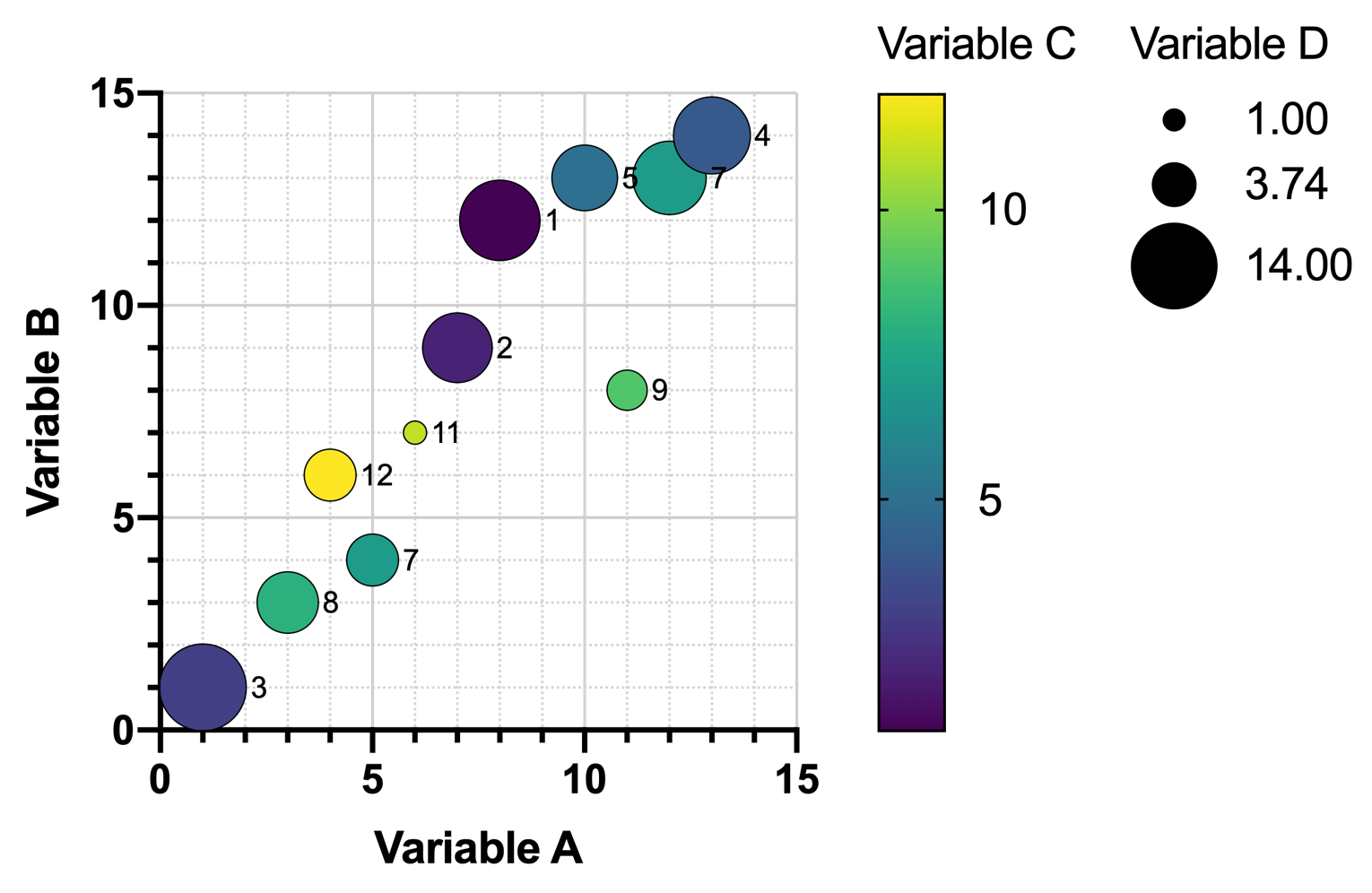


Organize your data efficiently and correctly.Automate your analysis without programming.Nonlinear regression with many options.Create and customize any part of the charts.Automatically updates results and graphs.It provides nonlinear regression features.Join the world’s top scientists and discover how you can use Prism to save time, make analysis options more convenient, write regularly, and deliver your research. The preferred solution for graphs and analysis is specially designed for scientific research. They are also widely used by undergraduate and postgraduate students. The publication is now widely used by all types of biologists, as well as by social scientists and physicists.
Graphpad prism 8 number at risk crack#
The third tab gives several choices for plotting residuals.GraphPad Prism Crack was initially designed for experimental biologists in medical schools and pharmaceutical companies, particularly in pharmacology and physiology. On the first tab, enter the names of the two factors: Run the analysisĬlick Analyze and then choose nested t test from the list of Grouped analyses. Prism cannot run the nested t test with huge data sets and presents an message telling you so.The second classroom for the first teaching method (classroom 2) is not at all matched to the second classroom for the second teaching method (which we call classroom 5, but the text also calls classroom 2). This is because of a quirk in how these data are analyzed in SPSS. They label the second set of three classrooms 1, 2 and 3 rather than 4, 5 and 6. This example comes from Table 18.4 of Maxwell and Delaney (3rd edition).Most books call this nested two-way ANOVA, because one factor (room in this example) is nested within another factor (teaching method). We use the name "nested t test" because it best describes the use of this test.The nested t tests works fine with unequal sample sizes. In this example, note that the subcolumns do not have the same number of values.There is no connection between, say, the second subcolumn for the control data and the second column for the treated data. If you swapped the data for Room 2 and Room 3, the result would be the same. The order of the subcolumns doesn't matter.The values in row 2 are not at all matched to each other. You could randomly scramble the data in each subcolumn and the results won't change. The order of values in each subcolumn is arbitrary.If you entered data with technical replicates (students in this example) side by side with different replicates (rooms in this example) in different rows, Prism's nested t test analysis would give meaningless results. Second, it matches the way most texts do this analysis. First, it lets you label the subcolumns ("Room 1", "Room 2".above). This is different than Prism usually works. If you are studying three hospitals in each group, with four doctors in each hospital, stack the information for each hospital in a subcolumn, with each doctor on a different row. The term "technical replicates" may not always apply.below), double click on a subcolumn header to bring up the dialog where you enter all the subcolumn titles. If you want to label the subcolumns appropriately ("Room1". In a lab example, you might apply each alternative treatment to three rats (subcolumns) and measure something in each rat a number of times (technical replicates, stacked in the subcolumn) In the example, you tested between 4 and 6 students in each room and these are stacked in each subcolumn. In the example, there are three rooms used for each teaching method, so create the table with three subcolumns.Įnter the data with the technical replicates stacked. If you are not using the tutorial data, create a Nested table, and set it up the number of subcolumns corresponding to the number of actual replicates you have. You are comparing two teaching methods (data set columns), each used in three rooms (subcolumns), with an outcome measured in between 4-6 students per rooms (rows). This is the tutorial data provided with Prism for the nested t test.


 0 kommentar(er)
0 kommentar(er)
